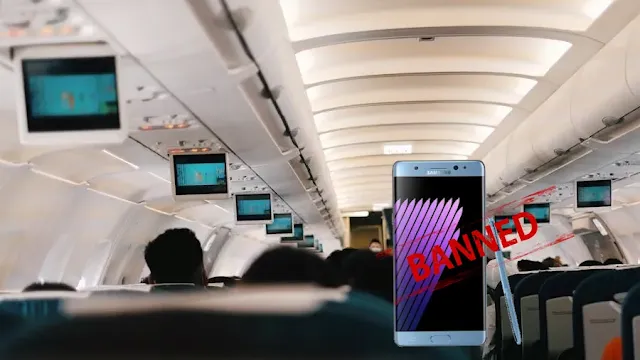Last summer, while preparing for a wedding in Delhi, I faced a dilemma: how to safely pack my gold necklace and earrings for the flight. A friend’s story about lost checked luggage made me cautious, so I researched the best practices. This guide shares expert tips on packing jewelry for air travel, ensuring your valuables stay secure and tangle-free throughout your journey.
Table of Contents
Being Robbed on a Plane: How to Protect Your Valuables
The Golden Rule: Always Carry On
Never pack jewelry in checked luggage, as it risks loss, theft, or damage due to rough handling. According to the U.S. Transportation Security Administration (TSA), valuable items like jewelry should always be kept in your carry-on bag or on your person. In India, the Bureau of Civil Aviation Security (BCAS) echoes this advice, emphasizing the importance of securing valuables during air travel.
Best Ways to Pack Jewelry
Packing jewelry requires organization to prevent tangles, scratches, or loss. Here are proven methods to keep your items safe:
Use a Jewelry Roll or Organizer
A jewelry roll or organizer with compartments for necklaces, rings, and earrings is ideal. These compact accessories fit easily into your carry-on and keep items tangle-free, as recommended by Amazon’s travel accessory guides.
Opt for a Small Jewelry Box
For shorter trips, a hard-sided, lockable jewelry box with a soft interior prevents scratches. Place it in your carry-on or purse for added security.
Use Ziploc Bags
Small Ziploc bags are a budget-friendly option. Wrap each piece in tissue paper or a soft cloth before placing it in a bag to avoid scratches and keep pairs together.
DIY with Straws and Buttons
Thread necklace chains through a straw and clasp them to prevent tangling. For stud earrings, secure them through button holes. These hacks are simple and effective, per Wikipedia’s travel hacking tips.
Wear Valuable Pieces
For irreplaceable or high-value items, consider wearing them during the flight. Be prepared to remove them at security checkpoints, as advised by Air India’s travel guidelines.
Additional Security Tips
Beyond packing, these precautions ensure your jewelry stays safe:
- Take Inventory: List or photograph your jewelry before traveling. This documentation aids insurance claims if items are lost, as suggested by India Baggage Rules.
- Check Insurance: Verify that your travel insurance covers jewelry. Consider additional coverage for high-value items, per insurance tips.
- Be Discreet: Avoid displaying jewelry in public to reduce theft risk. Keep it concealed in an inside pocket or bag.
- Use Hotel Safes: At your destination, store unworn jewelry in the hotel safe, never leaving it unattended in your room.
Conclusion: Travel Smart with Jewelry
Packing jewelry for flights requires vigilance and smart organization. Always keep it in your carry-on, use organizers or DIY solutions to prevent tangles, and take precautions like inventorying items and checking insurance. By following these tips, you can travel confidently, knowing your jewelry is secure and ready to shine at your destination. Safe travels!
Frequently Asked Questions
How do you pack jewelry for a flight?
Use a jewelry roll, small box, Ziploc bags, or DIY hacks like straws for necklaces and buttons for earrings. Keep everything in your carry-on.
Should I put jewelry in carry-on or checked bag?
Always pack jewelry in your carry-on bag. Checked luggage risks loss, theft, or damage.
Where do you put jewellery on a plane?
Store jewelry in a secure pocket of your carry-on or wear valuable pieces. Never leave it unattended.
Where to put jewelry when traveling?
Keep jewelry in your carry-on, preferably in a jewelry organizer or locked box, or wear it for maximum security.
Can I put jewellery in hand luggage?
Yes, jewelry is allowed in hand luggage. Place it in a secure organizer and declare high-value items at security if required.
Where can I hide my jewelry when traveling?
Conceal jewelry in an inside pocket of your carry-on or a discreet organizer. Avoid flashy displays to minimize theft risk.
Explore these resources for safe travel with jewelry:









